Environment watchdog's air monitors broken
Devices donated by Japan have been out of order for eight years
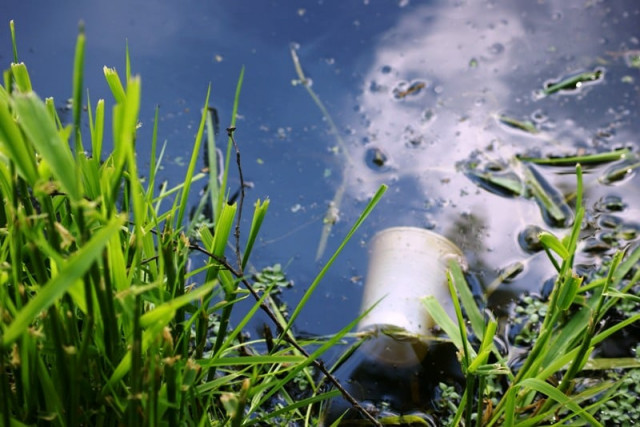
Although Lahore's air pollution crisis is known for making headlines every smog season, worsening air quality levels in the port city often escape public scrutiny. In Karachi, old combustion vehicles are a significant contributor towards atmospheric pollution, however, dysfunctional monitoring equipment has prevented the true gravity of the situation from coming to the fore.
Sources from the Sindh Environment Protection Agency (SEPA) told The Express Tribune that the body is in a very poor state in terms of equipment and machinery since the air quality checking station donated by Japan has been out of order since the past eight years. Similarly, the mobile van for checking air quality had been out of order for many years and started working just a year ago. At present, SEPA has only 12 analyser machines and one mobile van in good condition, with the help of which vehicles emitting smoke are checked. In principle, an air quality checking station should be established in every town hence, there should be 25 stations, 35 analyser machines and 50 mobile vans in the city.
Director of SEPA Imran Sabir revealed that old combustion vehicles contributed to 70 per cent of the air pollution in Karachi. "In this regard, SEPA periodically conducts vehicle inspection campaigns with the help of Traffic Police and challans are issued against vehicles emitting smoke. Air pollution comprises of carbon monoxide, sulfur dioxide and nitrogen. The lack of machines is not a concern because SEPA takes air quality data from private companies for free," claimed Sabir, who still felt that electric vehicles, the Karachi Circular Railway and a mass transit system should be introduced to eliminate air pollution.
According to the Sindh Excise and Taxation Department, 9.081 million vehicles are registered across Sindh, of which more than 8 million are registered in Karachi, including new vehicles and those which are nearly six decades old. The majority of these vehicles are smoke-emitting, due to which air pollution in Karachi has reached alarming levels.
Yasir Hussain, Director of the Climate Action Centre, revealed that diesel and petrol-powered vehicles contributed significantly to the air pollution crisis in Karachi, Lahore and other major cities of the country. "Karachi's PM2.5 index reaches 350 during the winter, which is a dangerous level since the normal level is 50 to 100. During the summer, the sea breeze in the city pushes the pollution further and the range remains at 70 however, the real problem is during the winter. During this time, the range should be less than 100. Air pollution causes respiratory diseases and cancer, and it also affects the heart, skin, and eyes. The only solution to combat air pollution from combustion vehicles is to shift to electric vehicles. The federal government has suggested an environmentally-friendly policy to the provinces, instructing them to gradually launch electric vehicles," said Yasir Hussain.
Commenting on the matter, Deputy Director of the Sindh Mass Transit Authority, Bashir Hussain claimed that 300 environmentally-friendly air-conditioned people's buses were running in Karachi, of which 50 were running on electricity. "In addition, 100 buses are running on the Green Line and Orange Line, which are operated on a diesel and electric system. Under the Sindh government's plan, 1,000 electric motorcycles are being imported for the whole of Sindh, which will be given free of cost to working ladies and students. In addition, an agreement has been signed with a Chinese company to set up a plant for manufacturing electric buses in Karachi," informed Bashir Hussain.





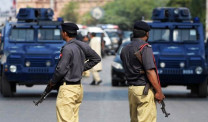
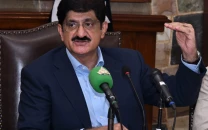





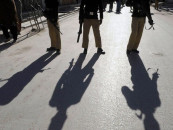

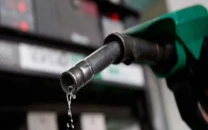
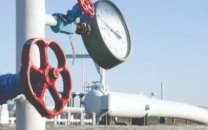

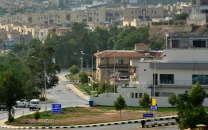
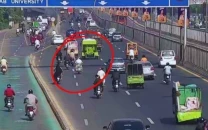






COMMENTS
Comments are moderated and generally will be posted if they are on-topic and not abusive.
For more information, please see our Comments FAQ